.
The American Scene: Early 20th Century
American Regionalists and American Realism

Grant Wood, "American Gothic"
|
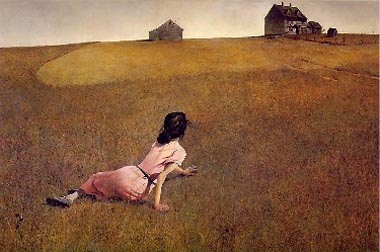
Andrew Wyeth, "Christina's World", 1948
|
Throughout the 1930s and into the early 1950s, many American artists sought
an indigenous style of realism that would embody the values of ordinary people
in the everyday working world. This search for a national style of art grew
out of a wariness of European abstraction and a tendency toward isolationism
following World War I. In the wake of severe economic uncertainty, social
upheaval and political shifts that followed the disastrous Great Depression,
American artists maintained a commitment to projecting a very personal view.
Intent on shunning the influence of European artists and instruction, these
artists struggled to establish and maintain their own identity. Much of this
work, especially that now known as Social Realism and Regionalism, falls within
the larger movement known as American Scene.
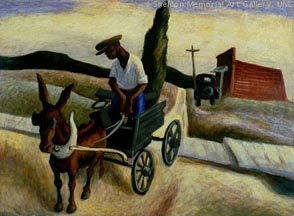
Thomas Hart Benton: "Lonesome Road", 1927
|
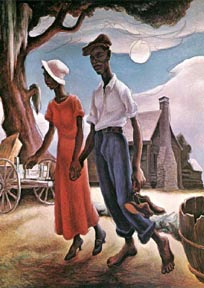
Thomas Hart-Benton: "Romance", 1932
|
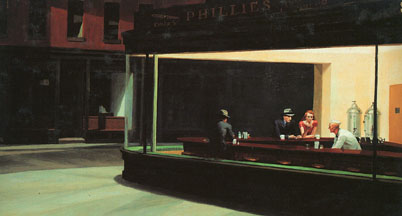
Edward Hopper, The Nighthawks
|
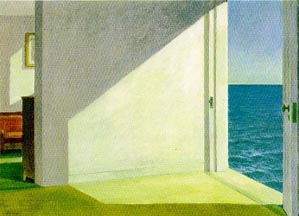
Edward Hopper, Rooms By The Sea, 1951
|
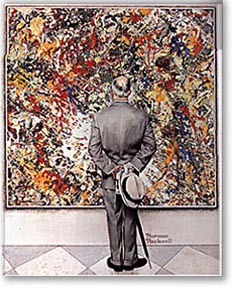
Norman Rockwell, "The Conniseur"
|
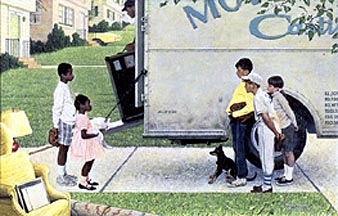
Norman Rockwell, "New Kids in the Neighborhood", 1967
|
American Abstraction:
Charles Burchfield
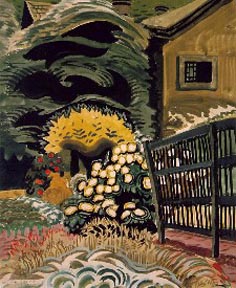
Noontide, 1917
|
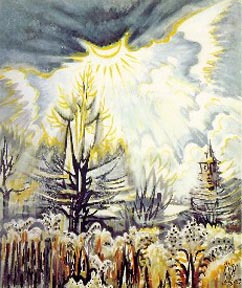
November Sun Emergence
|
Arthur Dove
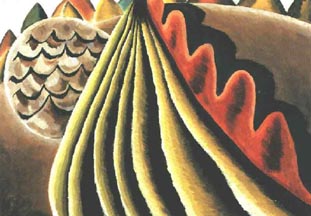
Fields of Grain Seen From the Train, 1931
|
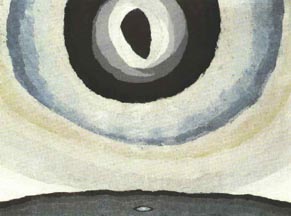
Silver Sun, 1929
|
Georgia O'Keefe
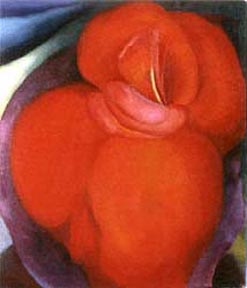
Red Flower, 1919
|

Iris
|
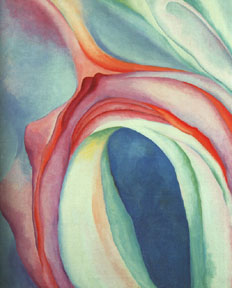
Music, Pink and Blue
|

Oriental Poppies, 1927
|
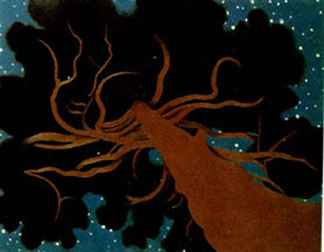
Tree
|

Pelvis 1, 1944
|
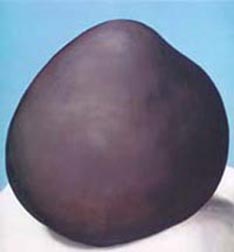
Rock
|
|